Here and There: Jillian Edelstein's Photographic Quest for Roots
Welcome to this edition of [book spotlight]. Today, we uncover the layers of 'Here and There,' by Jillian Edelstein (published by GOST Books) . We'd love to read your comments below about these insights and ideas behind the artist's work.
The forties are often a pivotal point in one's life, a time of reflection and rediscovery. For the world-renowned photographer, Jillian Edelstein, turning 40 marked the beginning of a deeply personal journey. An old photograph, a face from the past, became a beacon prompting her to delve into the roots of her own family history. The outcome of this journey is beautifully encapsulated in her latest work, Here and There. This poignant collection of photographs bears witness not only to Edelstein's odyssey to understand her lineage, but also spans the breadth of her prolific career, tying together the universal theme of human displacement.
"Here and There" is an intricate tapestry of ancestry, memory, and displacement. Prompted by a query on her origins, Edelstein unhesitatingly replied "Russian-Jewish," without completely understanding what it meant. This acknowledgment sparked her curiosity, leading to a relentless quest for knowledge about her family's past. Her sojourn took her from the familiar streets of London to the heartland of Ukraine, her grandfather’s birthplace in Latvia, and several other locations carrying imprints of her lineage.
In 2002, during a commissioned job to photograph the South African Sangoma shamans, a shaman revealed to Edelstein that her ancestors were in conflict. This revelation fueled a burning desire to unravel the secrets her family had held so close, resulting in Edelstein tracing displaced footsteps across continents - her family's diasporic journey echoed in the faces and stories she captured from Lesvos, the West Bank, Calais, Lampedusa.
Here and There is a powerful reframing of displacement through a personal lens, a poignant reminder of the common refugee narrative that is nestled within us all – whether we are aware of it or not.
Beginning the Journey: What was the moment or event that catalyzed your decision to delve into your family history, and how did the photograph of your great aunt Minna play a role in that journey?
In 2002, when I was forty-two years old, I embarked on a visit to Cape Town for a family reunion. On that visit my father’s first cousin, Tony—a bespectacled, blonde retired gentle man in his early eighties—showed me the family tree that he had painstakingly drawn up for the reunion occasion. Listed there were my paternal great-grandparents Wulf and Tomer, and their four children: including Abe, my grandfather, his brothers and their sister Minna—a woman none of the assembled family members had ever heard of before. I wondered how this vital piece of information had escaped my attention. It was bad enough that I had never got to meet my paternal grandmother or grandfather. They were both dead by the time I landed in physical form on the planet. Now there was this peculiar piece of the unexplored jigsaw puzzle. I never did see an image of Minna until I visited Ukraine to meet her descendants.
As a photographer—of the many documents and photographs I saw for the first time at that family reunion in 2002—the one that really captured my imagination was a picture of my grandmother Jean Edelstein’s sisters, Rosie and Raye Levin, taken in Cape Town in the early 1930s, posing as the members of their band, the Raye Levin’s Original Ladies Dance Orchestra ((as inscribed on the bass drum). Dressed in dark-coloured, sleeveless dresses, their hair cut short in a bob, black stockings and buckled shoes, all four band members looked rather stolid, but were standing proudly with their instruments—a violinist, a banjo player, my great aunt Raye at the piano and great aunt Rosie on drums. I remember the their visits to our family home, from my childhood. I would have described them as having been fairly dowdy in appearance. These glamorous girls in the band image were a stark contrast to those old ladies I had known and remembered. This image had something else - there were fifteen ‘trophy’ buck heads on the wall behind them, seated with their instruments - it immediately got me thinking about migration, immigration, refugees, people seeking ‘better’ lives, the concept of home - how the image illustrated Eastern Europe meeting Africa. I was determined to explore this idea.
Documenting Displacement: Your work spans continents and communities, focusing on the theme of human displacement. Can you discuss the process of weaving your personal family history with the broader narrative of global migration and displacement?
In 2015, I watched the boats coming into the northern part of Lesvos island in Greece from the mainland of Turkey. I watched one particular family fall out of the rubber dinghy onto the sandy beach, gathering up their belongings, wringing the salty sea water out of their clothes, amazed that they had arrived and finally were positioned at the ‘gateway’ to Europe. I could not help noticing a little girl dressed in a smart red coat and a matching red beret, looking like she was about to head off to a children’s birthday party.
I immediately thought of my Great Aunt Minna and my great grandparents who were forced to leave the family home in the small village of Sassmacken in Latvia. It reminded me of the online diary piece that I had found written by Samuel Katzen. Samuel who would eventually find his way to America, where he died in Tucson in 2001, just short of his 99th birthday. In the late 1970s he began to write down his memories; he wrote an astonishingly detailed record of his life, which included the story of that forced exodus of 1915 when he was just thirteen years of age.
Diary entry: “
Shavuot–1915
I can’t tell you the secular date but it was on the second day of Shavuot 1915, [note: this would make it May 1, rather than April 15, see previous note] when the local policeman came into the synagogue during the morning worship. He ascended the Bimah (pulpit in the center of the synagogue) and read a proclamation from the Highest [Russian] Army Commander, that the Jews of Sassmaken are to leave town within 24 hours and proceed by whatever transport they can get to the railroad station of Stenden. From there they will be evacuated further by train.
There was no room for appeal…Non-compliance would have meant massacre by Cossacks…The people went to their homes and began immediately to prepare for evacuation… In the town there was bedlam. People were packing, deciding what to take. Some people buried valuables in their yards …since most people had their savings with the few wealthy storekeepers, they were able to collect only small amounts because of the unavailability of cash. Father received about thirty rubles of his savings. Very few people had anything resembling valises, so they utilized feather beds, blankets, sheets, in which was rolled in underwear, clothing, cutlery, and metal teapots. In our case, we included the nickel samovar, which father had received as a gift in Odessa. We had a big framed picture on the wall, which contained photos of relatives, which were cut out and included in our baggage.”
It was then that I decided I should connect the personal story of Minna and her journey following their expulsion from Latvia, to the wider context of the contemporary refugee story which kicked off in 2015. I visited Lesvos, Calais, in 2015 and 2016, and later to Lampedusa and Linosa, the Italian islands closest to Tunisia, in 2020. I watched the boats come in, noticing the ‘spillage’, the fall out for the displaced single persons and the families, the emotional and physical debris in the landscape and the ramifications then and since. I knew it was ‘everybody’s’ story. It resonated with me, and I hoped it would resonate with others.
Photographic Approach: How did your background in anthropology and photojournalism inform your approach to capturing the stories and images presented in "Here and There”?
I enrolled as a student at the local university in Cape Town for a sociology degree in order to study social work, psychology, social anthropology and sociology. I wanted to make a difference. Growing up as a young girl in South Africa and bearing witness to the Apartheid regime which was fundamentally confronting, disturbing and grossly unfair. I wanted to help change a vile system as I viewed it. I watched people degraded, punished, cruelly treated, legislated against because they had a different skin colour. When I graduated I travelled in Europe. I took with me the camera I had bought with my savings. When I got back home a year later, I was sitting on the end of my mother’s bed when I told her that I no longer wanted to be a social worker. I wanted to be a photographer. My familiarity with the community case studies and my work as a social worker in the townships helped as I felt ever increasing and concerned compassion; I felt I could identify.
Emotional Connections: Throughout your travels and photography, were there any moments or encounters that particularly moved you or reshaped your understanding of your family’s past?
My trip to what was Sassmacken, now known as Valdermarpils, in Latvia, did move me. Especially as I stood overlooking the desecrated Jewish graveyard in the forest on the outskirts of the small village. I think I wrote “lonely bones” in my book. In the village stood my grandfather’s childhood home where the first gramophone record sounds were played for the whole village. The house had been seized after my great grandparents and my great aunt were expelled. `The fact that I had visited Latvia soon after a trip to the West Bank, made me link the two experiences - the notion of stolen land, stolen property. And how we deal with displacement, what the concept of home and identity means. And how we have to refashion these concepts when our lives are disrupted by conflict, by war, by greed, by totalitarian leadership, by misguided ideas related to ownership, territory and religion.
Challenges of the Project: What were some of the most significant challenges you faced while working on "Here and There," both logistically and emotionally?
Watching the boats and the refugees coming over from Turkey to Greece via Syria, Afghanistan, visiting The Jungle in Calais, finding the instructions on how to drive the boat on the boat that had run into the rocks on the island of Linosa, were upsetting experiences. Watching refugees being turned away from hotels in Lesvos even if they had money to pay for a room, was equally unnerving.
I would say that the ‘feat’ of seeing the book published felt miraculous as the crowd fund on UnBound was infinite unlike other crowd fund platforms; finally Stu Smith, the designer, suggested that his publishing company GOST, publish it. The length of time it took to collate the many stories, to fund, to write the narrative served to strengthen the book - there was no way that anyone could have predicted the war in Ukraine, nor the events in the Middle East. During these years, I developed an unexpected bond with my found relatives in Dnipro, Ukraine.
Impact of Ancestral Voices: How did the insight from the South African Sangoma shamans about your ancestors being in conflict influence your perspective and direction in this project?
I was surprised when, in Badimong, high up in the Valley one day, the head Sangoma, Monica Mangelengele, said “we need to perform a ritual to make your book happen because your ancestors are in conflict.” I think it is seldom the case that there is zero dysfunction within a family. And there certainly has been ample dysfunction in mine. I think my surprise was Monica’s picking up on it. We did perform the ritual. Interestingly it took a further fifteen years for the book to be published. The time taken made the book richer as the journey became richer and began to include current contemporary issues - Ukraine, Palestine, the refugee story, weaving their way in and out of the personal story. I wanted these stories to run parallel to the personal journey so that the personal story became easy to relate to and became anybody and everybody’s story.
The Essence of Home: With your family's history spanning so many continents, how has the concept of "home" evolved for you through the course of this project?
That’s a good question! Maybe there is some truth in the expression ‘home is where the heart is’ or more closely where the soul resides. The idea or physical properties of home can be mimicked in foreign lands but is never quite the same. When I wrote this I wondered why the expression and where it came from. When I looked it up, this is what I found; the poem resonates deeply:
“Your home will always be the place for which you feel the deepest affection, no matter where you are.
Background:
The sentiment of this expression is generally attributed to the Roman naval commander, Gaius Plinius Secundus, known to historians as Pliny the Elder (a.d. 23-79). However, we have been unable to find any verification of this.
In his epic, satirical poem Don Juan (originally published, 1819), Lord Byron writes:
He enter'd in the house—his home no more,
For without hearts there is no home; and felt
The solitude of passing his own door
Without a welcome; there he long had dwelt,
There his few peaceful days Time had swept o’er,
There his worn bosom and keen eye would melt
Over the innocence of that sweet child,
His only shrine of feelings undefiled.”
Looking Ahead: After the completion of "Here and There," are there any new projects or areas of exploration that you are particularly excited about pursuing next?
I am pausing on new projects as I am longing to see the release of my feature documentary about the screenwriter, Norman Wexler. There is work to be done - a few more interviews to do and film release/ rights to secure. I have been working on the film for several years. Norman Wexler was an Academy Award nominated screenwriter who wrote some of the iconic films of the seventies, including Serpico, and Saturday Night Fever. His career was blighted by his BiPolar condition. I met Norman in 1999, before he died later in the same year. Saturday Night Fever had a huge affect on me as a young person growing up in an unjust society. Norman often championed the underdog in his work. I could relate to that.
I am working with GOST who published Here and There, to publish Affinities, a project related to the idea of creative collaboration. I began the work in the early nineties, and continued over a five year period. I revisited the work in 2015, making short films. Many of the people I photographed for Affinities are no longer alive - e.g Allen Ginsberg, Hal Willner, John Le Carré, Bert Hardy, Ruth Rendell, to name a few - however, their work lives on.
To discover more about this intriguing body of work and how you can acquire your own copy, you can find and purchase the book here. (Amazon, GOST Books)
Born and raised in Cape Town, South Africa, Jillian Edelstein has deeply impacted the landscape of contemporary photography. An alumna of the prestigious LCC photojournalism program in the UK and a graduate of the University of Cape Town, Edelstein's remarkable portraits have graced the pages of international publications including The New Yorker, The New York Times Magazine, Vanity Fair, and Vogue.
Her profound contributions to the art have not gone unnoticed. With an illustrious list of accolades to her name, including the Kodak UK Young Photographer of the Year, the Visa d’Or at the International Festival of Photojournalism, and the John Kobal Book Award, Edelstein continues to dynamically influence her field. Her work has been exhibited worldwide, from the National Portrait Gallery and The Photographers' Gallery in London to the Dali International Photography Festival in Yunnan Province, China. (Website, Instagram)
More photography books?
We'd love to read your comments below, sharing your thoughts and insights on the artist's work. Looking forward to welcoming you back for our next [book spotlight]. See you then!

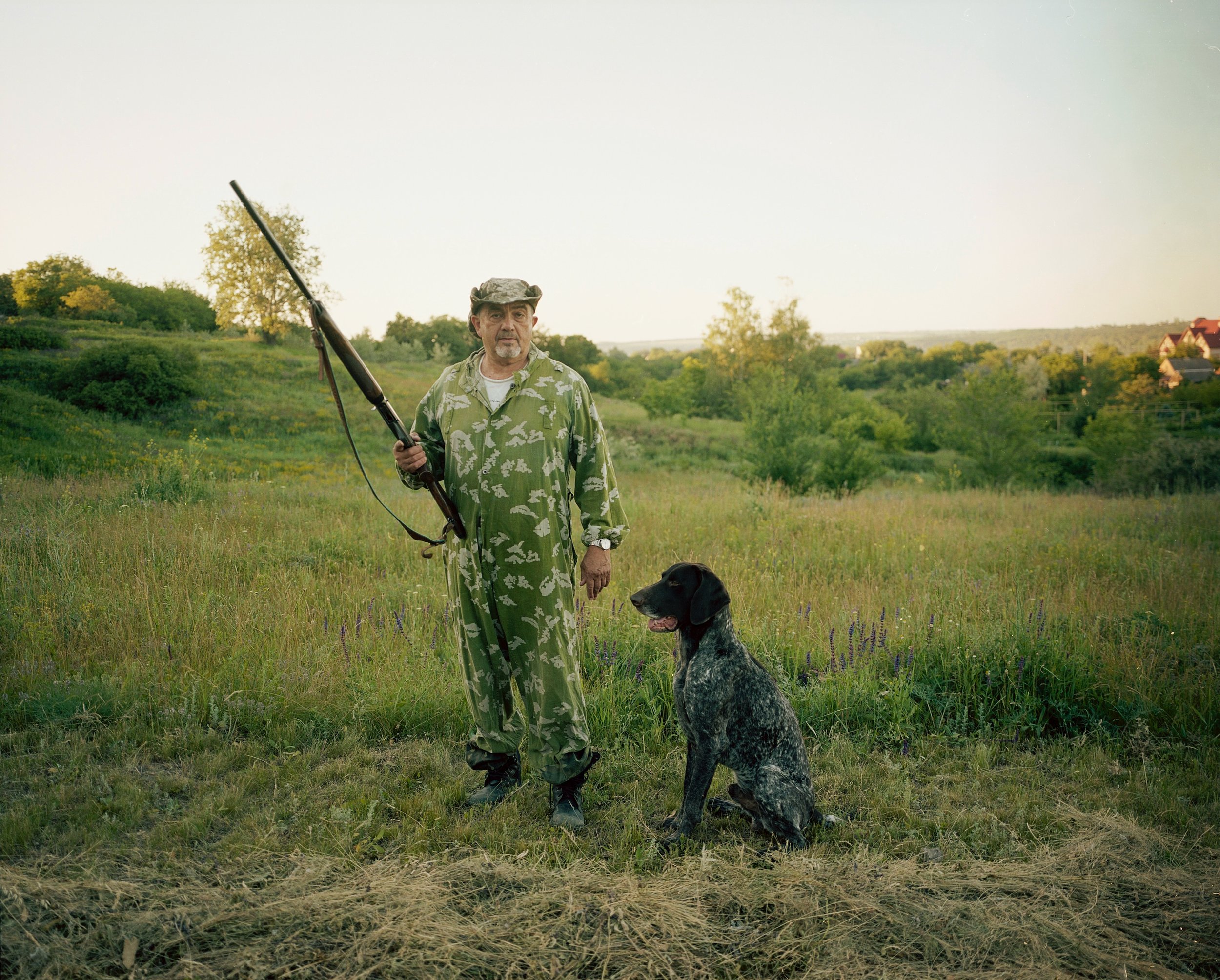




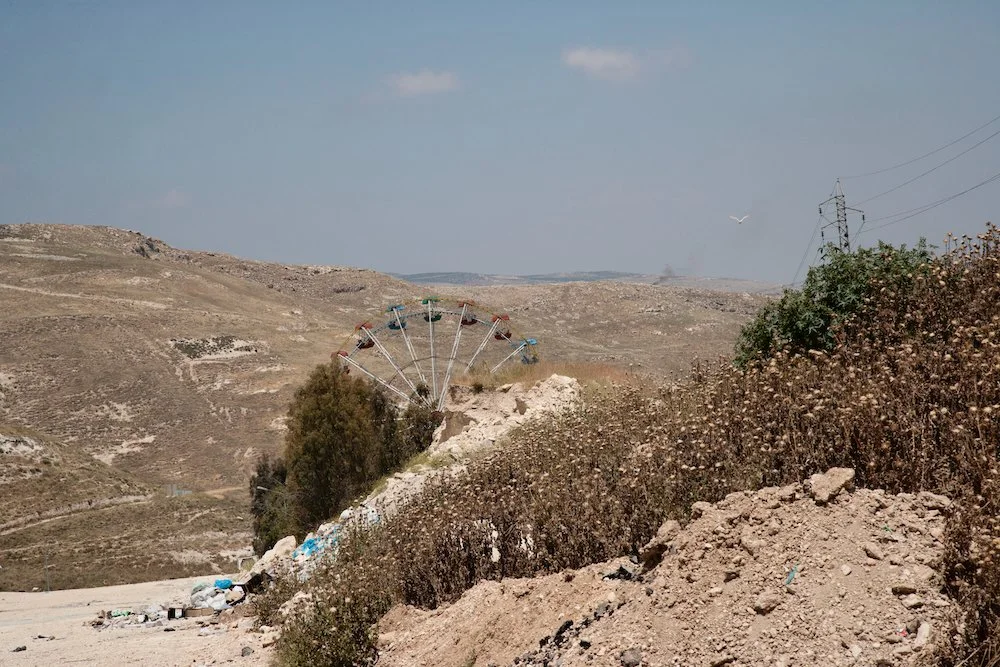
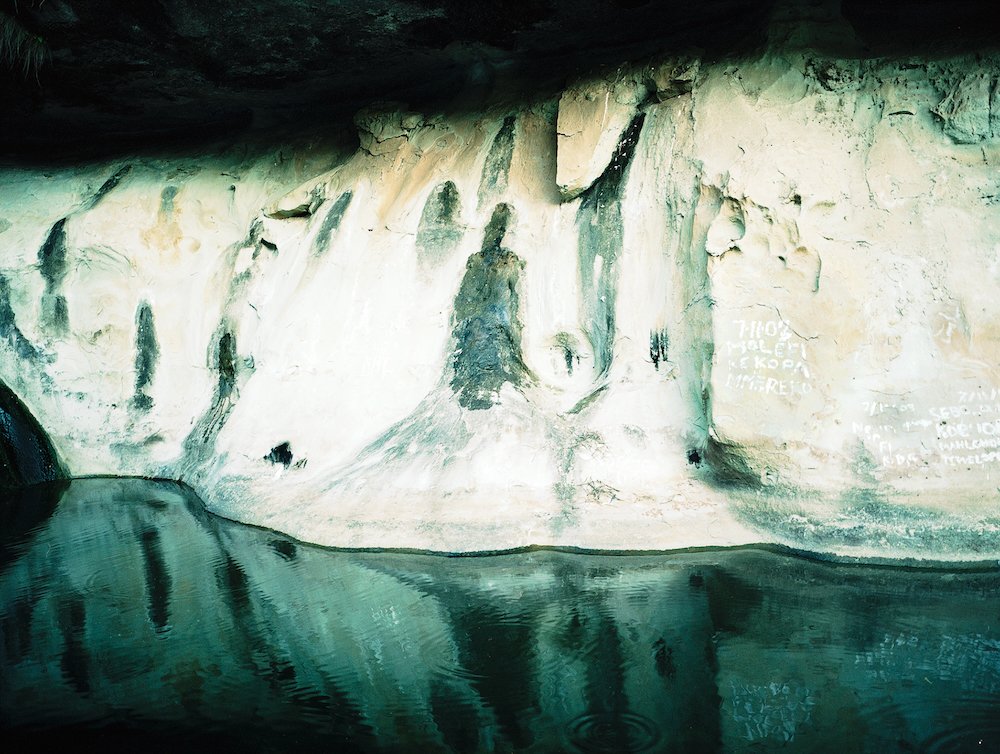






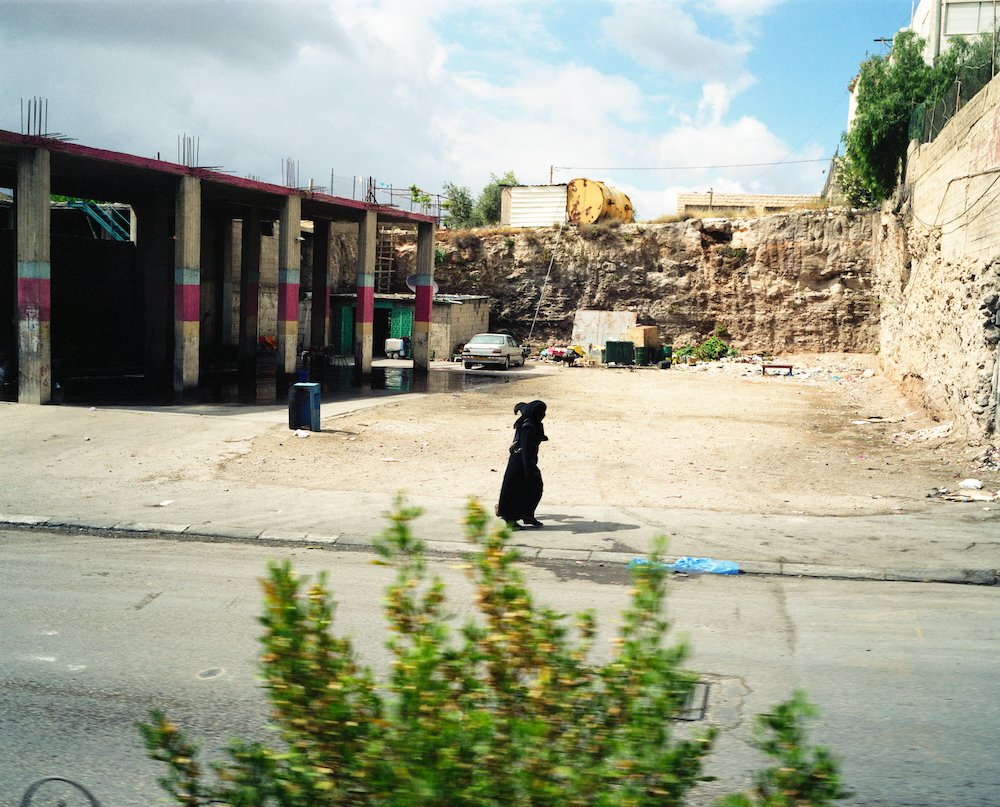

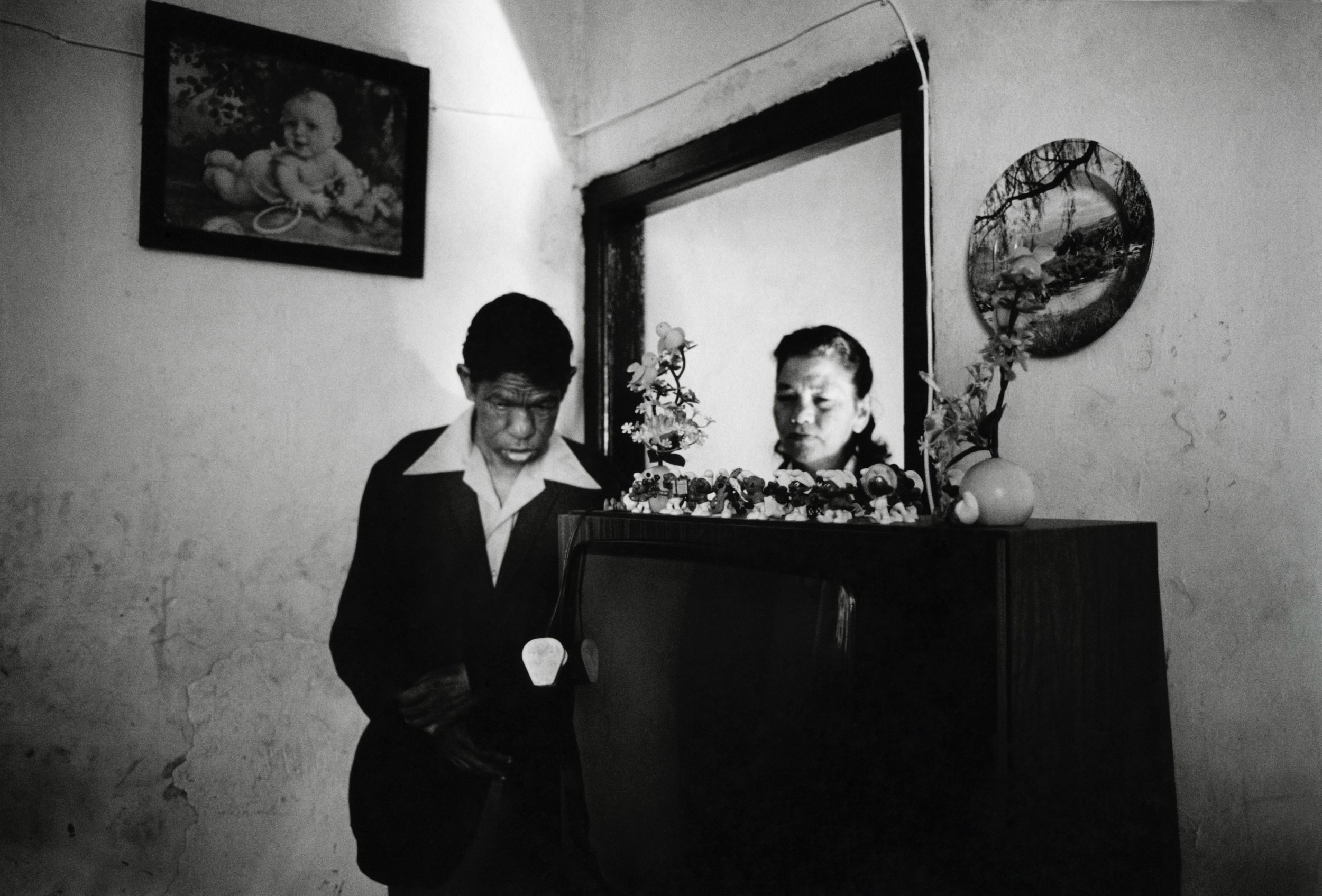






Every night, Sakaguchi Tomoyuki waited at empty intersections. He stood there with a tripod, often for hours, in the quiet streets of Tama New Town. Photography Book Spotlight